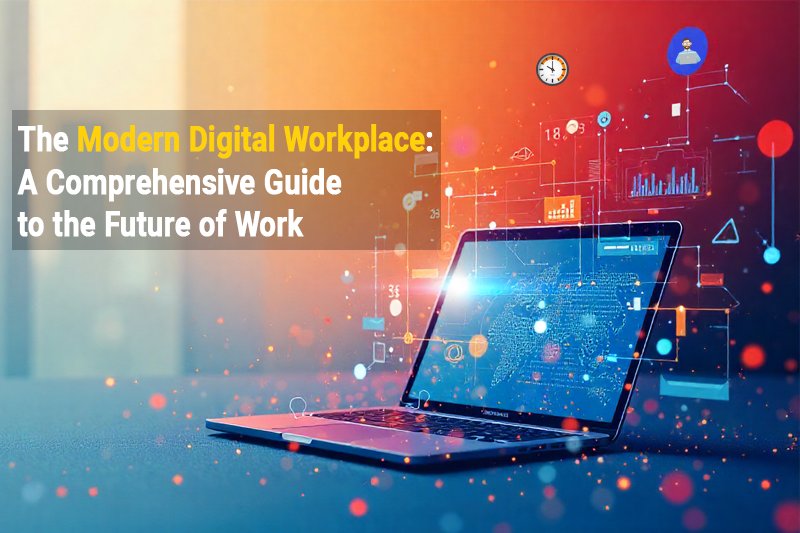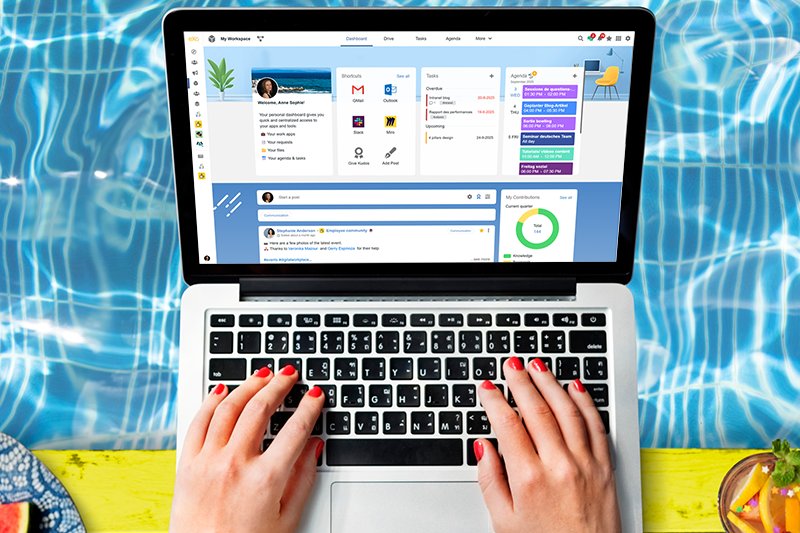- Veronika Mazour
- April 13, 2016
How to benefit from social media noise at work
We hate noise, especially noise in the workplace. It is disruptive, it is unpleasant, and it breaks our concentration. Whether we’re working near the scanner or photocopier or working with nearby construction, we focus on noise as an excuse for our lack of concentration since we are naturally inclined to procrastinate.
But there is a different kind of noise in the workplace, one that does not necessarily feel like noise: social noise.

Content
A simple experiment shows just how invasive social noise can be. For one hour, set all your social media applications (e.g., FB, Twitter, LinkedIn, email) to give you instant notifications. Start working on a task, but check your social streams at every “ping.” At the end of the hour, see how much you managed to accomplish. My guess is that you accomplish less than you would if you had a construction site outside your window.
However, we do not necessarily notice this noise; it is always fun to check out a picture of a friend’s baby or check trending tweets. We feel connected and appreciated, and it does not feel like lost time. But when this time takes away from completing other productive tasks at work, it destroys your workday.
Therefore, many companies ban social media sites on the corporate internet. However, internal collaboration and connections are important. Companies spend thousands of dollars introducing collaboration platforms to allow their employees to connect to each other, share documents and information, and have social interactions despite distributed offices. A common concern voiced by executives relates to social noise in the workplace generated by social collaboration tools. How can we keep the good things (connections, collaboration, and productivity) and ban the bad things (distractions, irrelevant social pokes, too much information, and information overload)? Our take on this comes down to three points.
Welcome noise in the workplace
This is very counterintuitive, but when you launch a collaborative workplace, your first goal is to drive enthusiasm and adoption. Many of the experts’ tips in change management playbooks focus on attracting people to the platform, engaging them, retaining them, and making them noisy. These tips range from hosting launch parties to posting cool content and engaging employees in conversations.
If you do your job well, your employees will get excited. They will connect to the platform and start working, connecting, and communicating there. As a result, your managers will receive a stream of notifications from different workplaces and projects. Some will be relevant and others will be less so, but all activity is a positive sign of employee engagement and intranet adoption.
Do not try to regulate social interactions in your collaborative workplace
At this point, business managers will sometimes try to control the flow of information by posting questions like “Is this relevant in the marketing space?”, “Is this message a mistake?”, or “How can I unsubscribe from this news stream?”
Even though the manager is trying to make things better and improve employee performance, such comments can crush any enthusiasm that has been built and nip intranet adoption in the bud.
Our advice to business managers is to encourage information flow and social interaction rather than trying to control everything. If these types of comments are truly necessary, they should be kept private so you do not discourage other active users. Consequently, our advice to the change management team is to educate business managers up front about best practices and the long-term goals of the collaborative workplace.
(Of course, the above does not apply to extreme cases of displaced messages, rude content, etc., which are extremely rare.)
Let the collaborative workplace regulate itself and watch the social noise dwindle
We have observed that for our clients, the initial social noise is temporary. In the initial stage, people participate in a lot of discussions, make a lot of connections, and post short messages and comments without real value.
Finally, in the third stage, most of the employees start using the collaborative workplace again but in a more task-focused manner. The uses naturally epurate themselves and become work centered, with the social noise transforming from noise in the workplace to relevant communication.
Improve employee performance by filtering information
When your collaboration platform initiative reaches the third stage, congratulate yourself! You did it. You managed to succeed where a lot of others failed by successfully implementing intranet adoption and change management. Now it is time to show users and those grumpy managers how they can filter their activity streams, manage their notification settings, hide tasks, and organize their collaborative workplaces to achieve optimum employee performance!
discover all the features and benefits
- Tags: Future of work, Collaboration, workplace
Related posts
- All
- eXo
- Digital workplace
- Employee engagement
- Open source
- Future of work
- Internal communication
- Collaboration
- News
- intranet
- workplace
- Knowledge management
- Employee experience
- Employee productivity
- onboarding
- Employee recognition
- Change management
- Cartoon
- Digital transformation
- Infographic
- Remote work
- Industry trends
- Product News
- Thought leadership
- Tips & Tricks
- Tutorial
- Uncategorized
Leave a Reply
( Your e-mail address will not be published)


